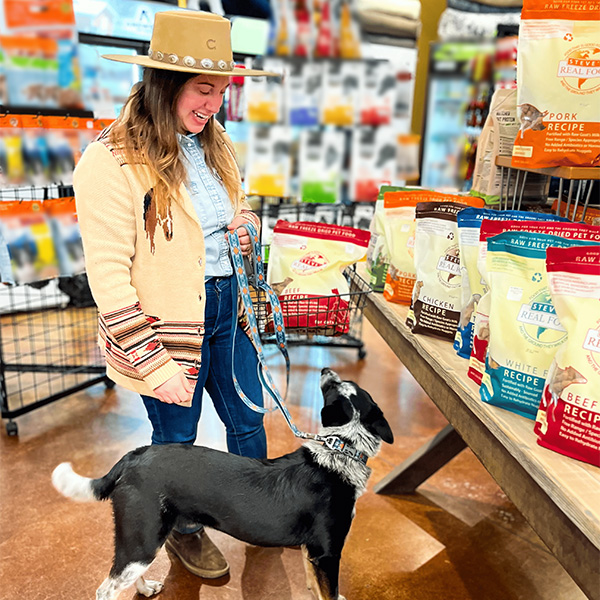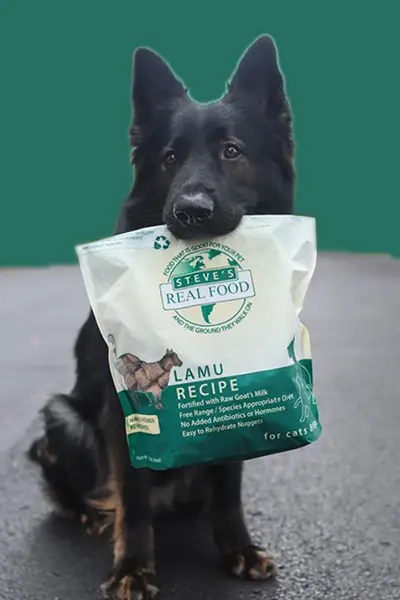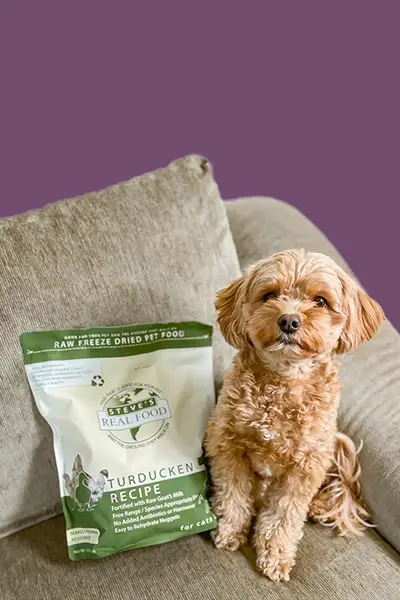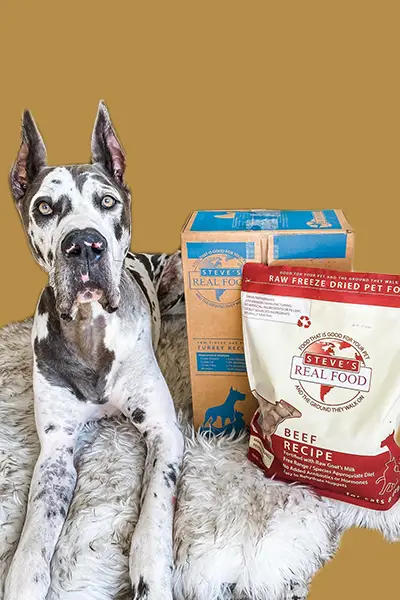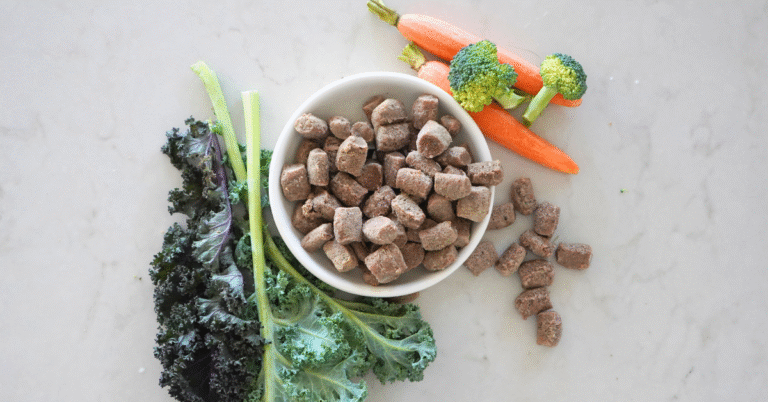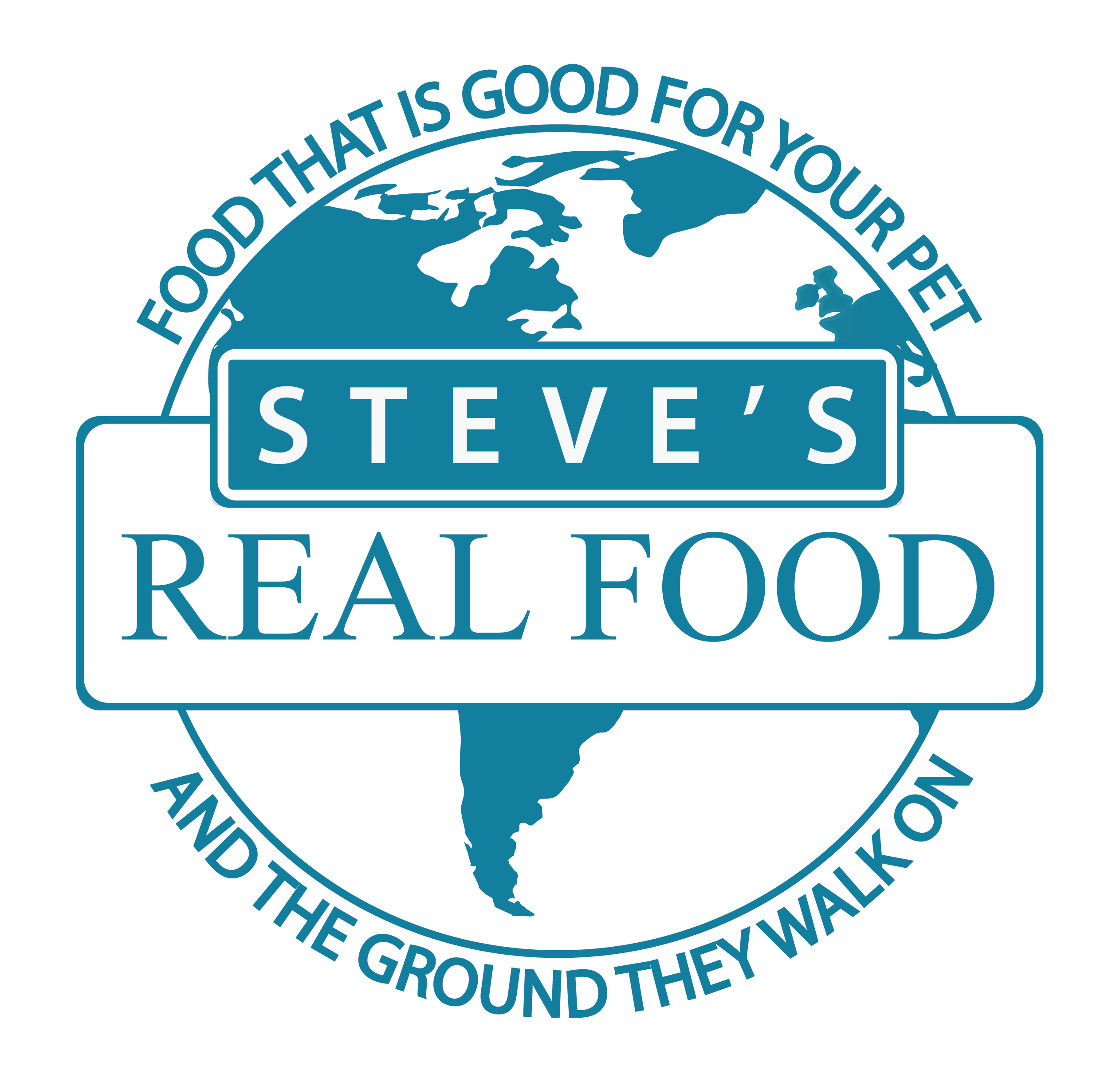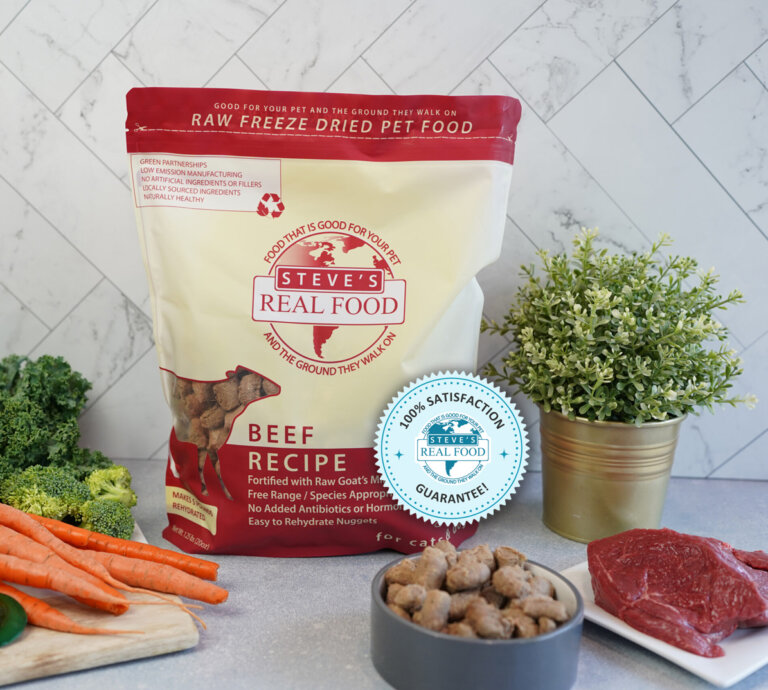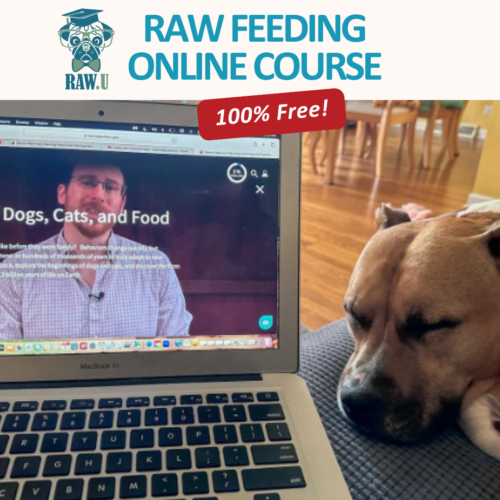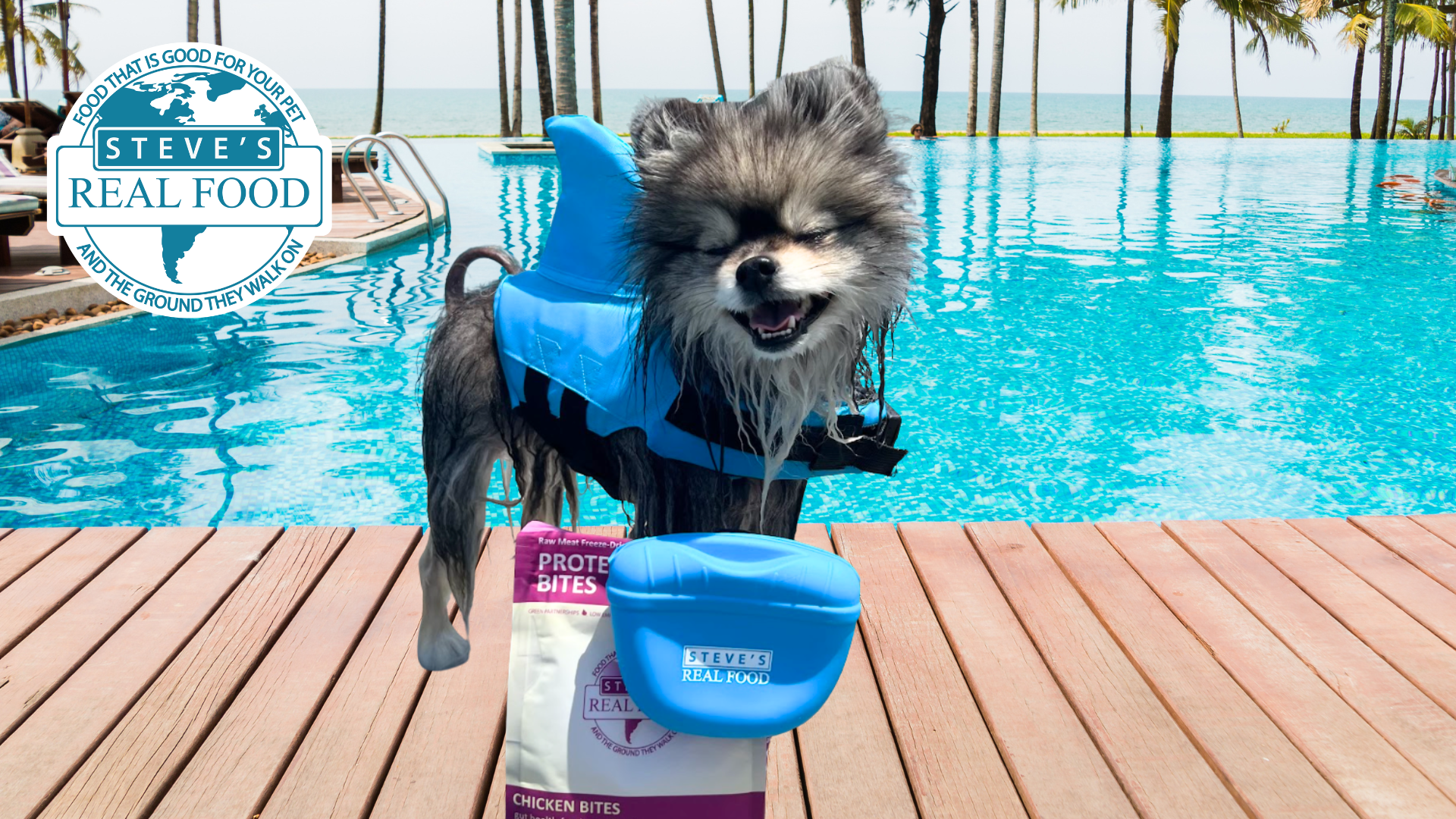The Need for Whole Foods
Recent conclusive research shows that humans and laboratory animals need whole foods, not just vitamin and mineral supplements to be at their best. There is a growing consensus among researchers that nutrients, especially antioxidants, must be in balance, that we need the complete families of antioxidants and other micronutrients that only whole, raw foods provide.
For example, fruits and vegetables have hundreds of antioxidant compounds, including carotenoids, dithiolethiones, flavonoids, isothiocyanates, selenium, monoterpenes, glucosinolates, and vitamin C and E. Research shows that these antioxidants work in concert, together, to provide the health-protective effects. One can’t just take an antioxidant supplement and expect to get the health benefits.
Selenium, an essential mineral, is a more specific example. A new federal study (April 2001) found that selenium eaten as a pure compound (as in a supplement) does not protect as well as selenium consumed as part of the broccoli. Indeed, the study showed that the purified additive may have no benefit at all. Steve’s Real Food uses kelp and broccoli as the primary sources of selenium.
To be at our best, we – and our pets –need some whole, raw foods in our diets.If you read the label of many dry and canned foods (even the premium brands), you’ll find meat or meat meals, grains, perhaps a few vegetables, and lots of vitamin and mineral supplements. With Steve’s Real Food and other proper raw diets, the vitamins, minerals, and other known and unknown micronutrients are provided by whole, real foods.
Raw
The natural diet of dogs and cats is raw foods. As dogs and cats developed for hundreds of thousands of years, their digestive systems, their saliva, their teeth, indeed their entire bodies developed for raw foods.
Raw foods contain thousands of digestive and food enzymes. Enzymes are specialized protein substances that are involved in all the dog’s activities. Even thinking requires enzymes. Enzymes are found abundantly in fresh, minimally processed natural foods. When a cat or a dog ate its natural prey the cat or dog consumed many different types of food, digestive, and metabolic enzymes.
Enzymes are deactivated or destroyed at temperatures above 105 to 170 degrees F; therefore there are no enzymes in processed dog foods. This forces the dog’s digestive enzymes to do all the work, and perhaps puts a strain on the dog’s ability to manufacture their own enzymes.
Most kibbles are produced at temperatures above 300 degrees F under 600 or more pounds of pressure per square inch. This is a harsh environment for many nutrients. Heat destroys all the enzymes, some of the known antioxidants, and perhaps some of the unknown phytochemicals, flavonoids and antioxidants. High heat may alter the bioavailability of some of the minerals and perhaps even alter the chemical structure of some of the amino and fatty acids.
Raw forms of vegetables and fruits are the most consistently associated with lower risk of cancer.
Variety
Science has definitively shown that humans and laboratory animals need to eat a variety of whole natural foods, with the full complement of natural phytochemicals and antioxidants, to be at their best. We believe this is true with dogs and cats as well.
At Steve’s, we believe that feeding the same food day after day, month after month, causes some of the many food intolerances and allergies that we see with dogs and cats.
The marketing age “never change the dog’s diet” is the worst nutritional advice one can give.
Grain-Free
The natural diet of dogs and cats contains little if any grain. Indeed cats were originally domesticated to protect granaries because they would not eat grain. Grain is used in many commercial foods because they provide inexpensive calories and help hold the food together.
High Water Content
Almost all the natural foods that dogs and cats eat have high water content. The liver, for instance, is 72% water. The water content of most vegetables and fruits is in the 90% range. Dry pet foods have less than 10% water. Dogs and cats were not meant to eat a diet of exclusively dry food.
High protein
The natural diet of a dog is high in protein, like Steve’s Real Food. Protein is best analyzed on a dry matter basis, with the water removed. On a dry matter basis, almost all-natural foods are high in protein. Meat is 50% plus protein; vegetables are 30% plus protein. Indeed, we think it is unnatural for dogs to eat foods with less than 30% protein on a dry matter basis.
Making your own pet food
A word of advice:
As with making your own home-cooked meals for your family, making homemade food for your pets is more cost-effective. If you plan to make your own food, there are many resources to help you. Dogwise.com has several books that can help you.
When done right, fed according to directions, these variety-based feeding programs may be the absolute best way to feed dogs. But please don’t take any shortcuts with these systems. You must do it right, or not at all. Calcium and phosphorous issues are usually the primary problems.
 Beef
Beef Chicken
Chicken Whitefish
Whitefish Pork
Pork Lamb
Lamb Turkey
Turkey Turducken
Turducken All Protein
All Protein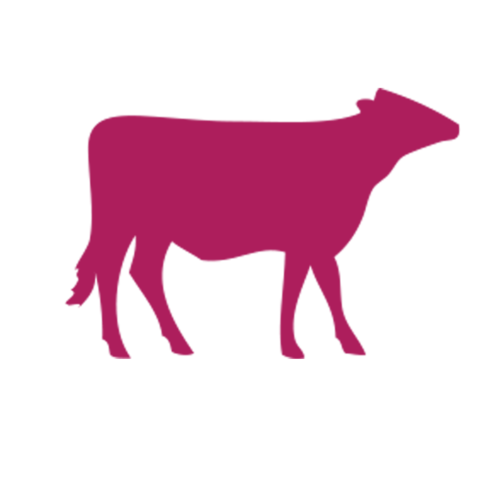 Beef
Beef Chicken
Chicken Whitefish
Whitefish Pork
Pork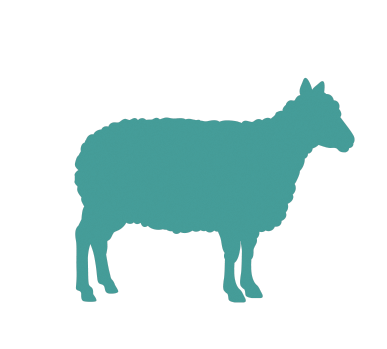 Lamb
Lamb Turkey
Turkey Duck
Duck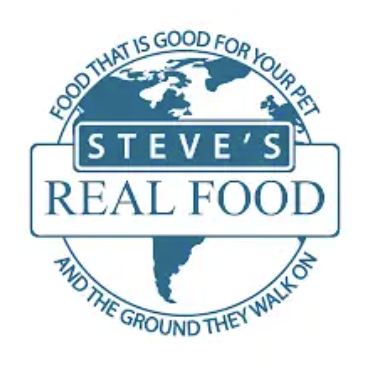 All Products
All Products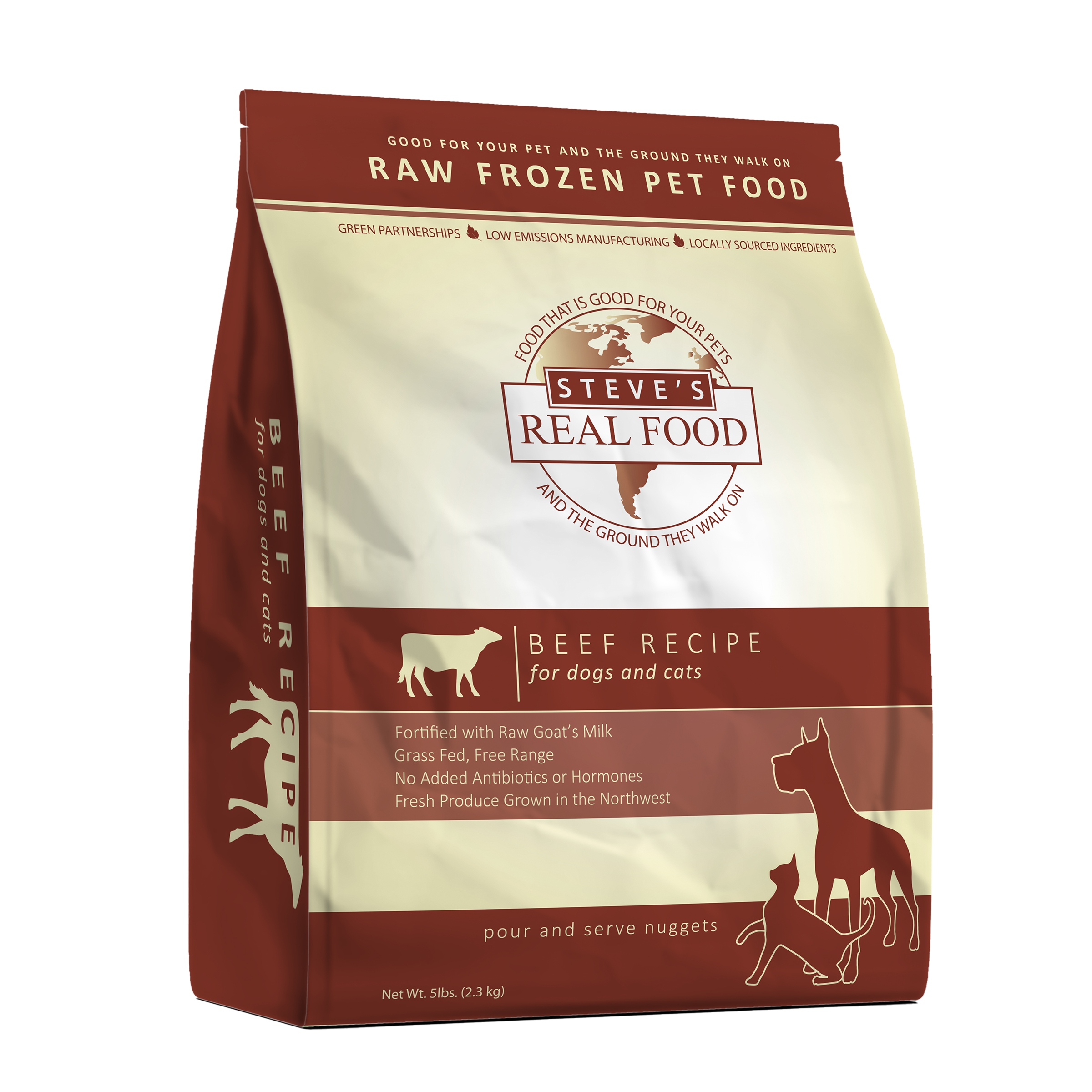 Frozen Raw Pet Food
Frozen Raw Pet Food
 Freeze Dried Raw Pet Food
Freeze Dried Raw Pet Food
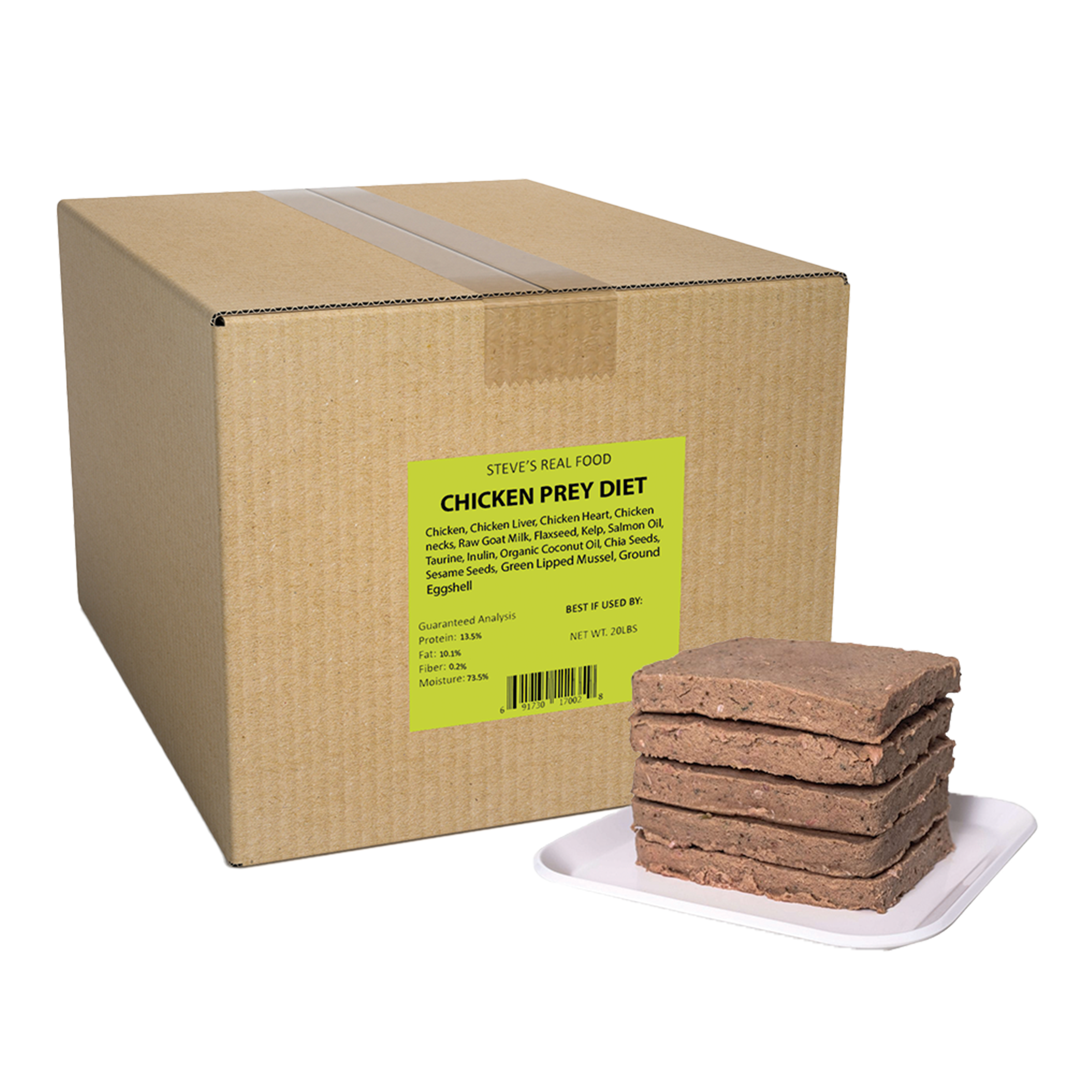 Frozen Prey Diet
Frozen Prey Diet
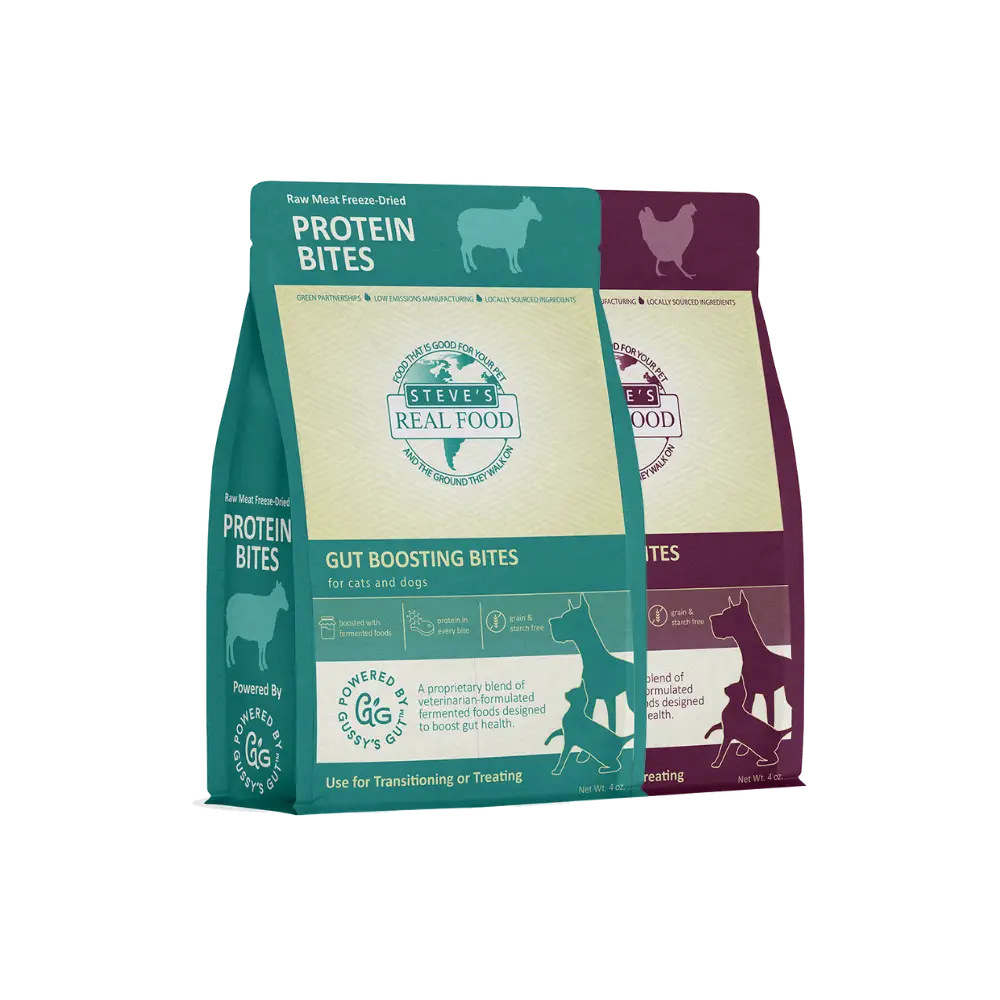 Freeze Dried Protein Bites
Freeze Dried Protein Bites
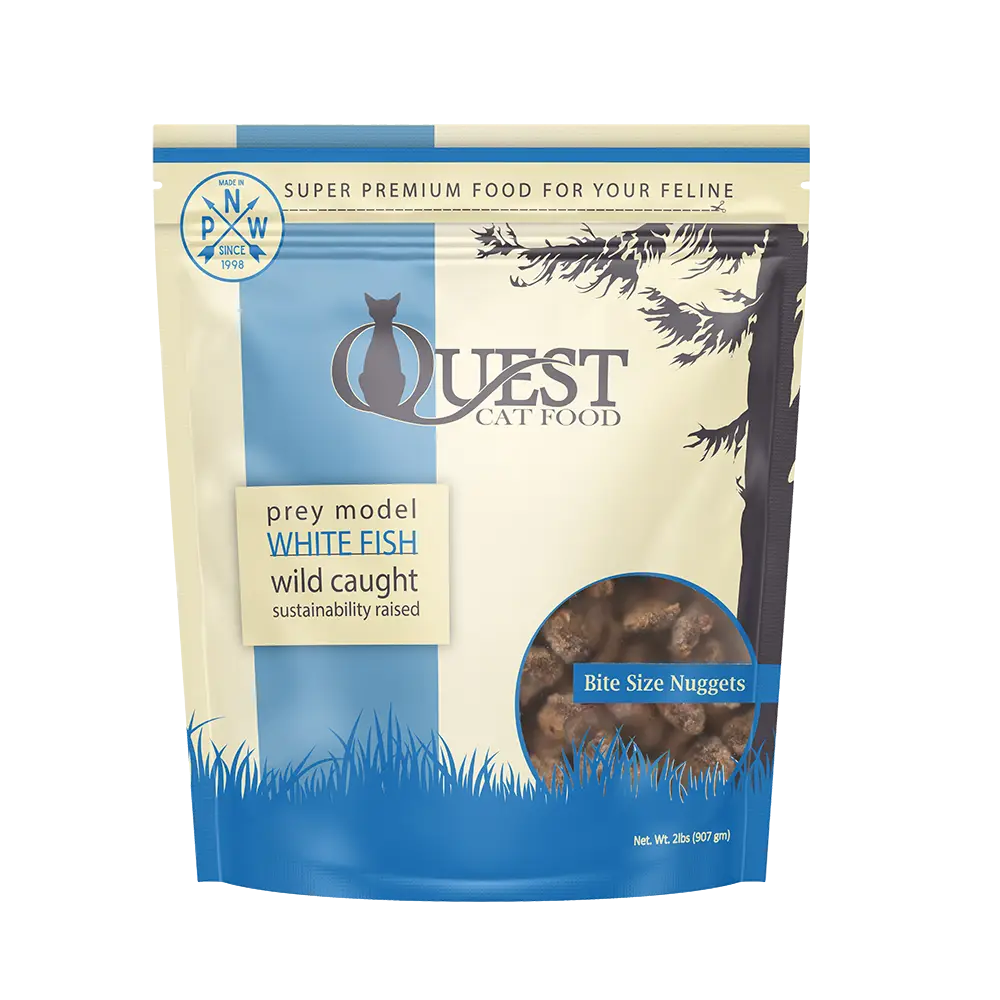 Frozen Quest
Frozen Quest
 Freeze Dried Quest
Freeze Dried Quest
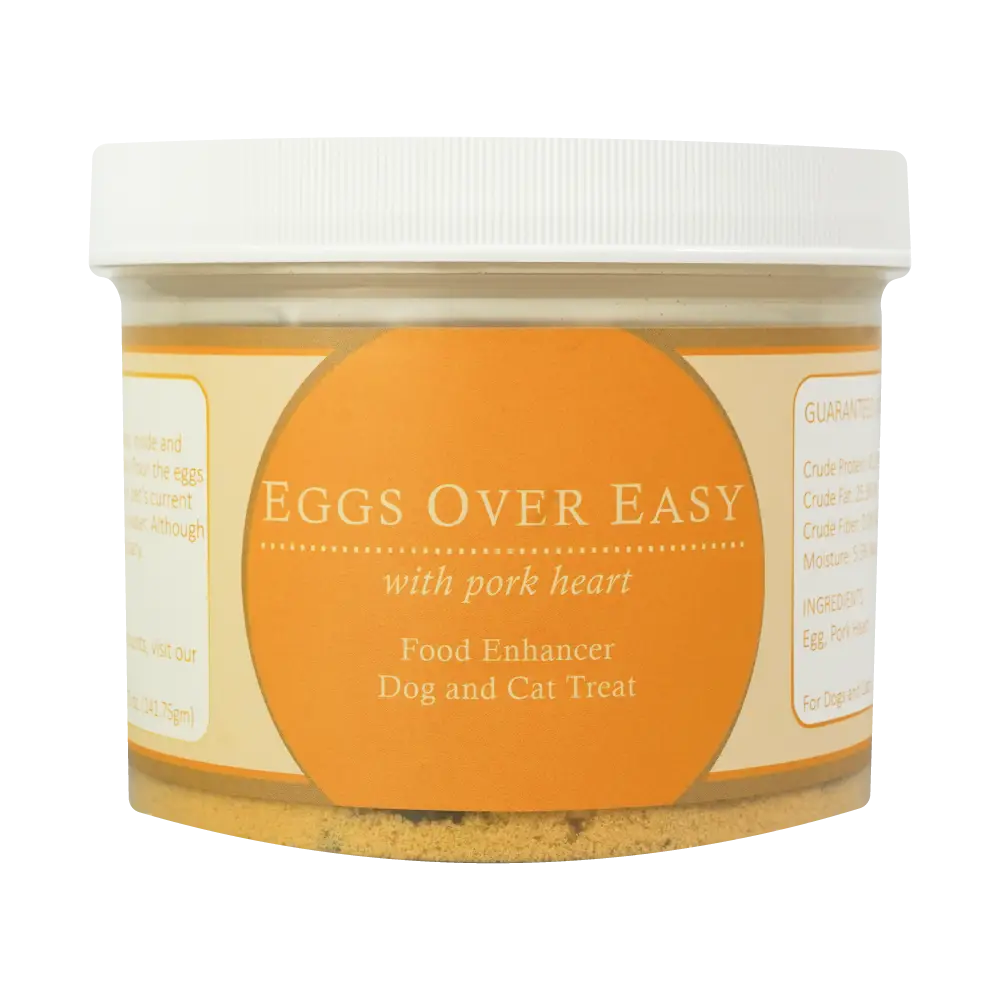 Eggs over Easy
Eggs over Easy
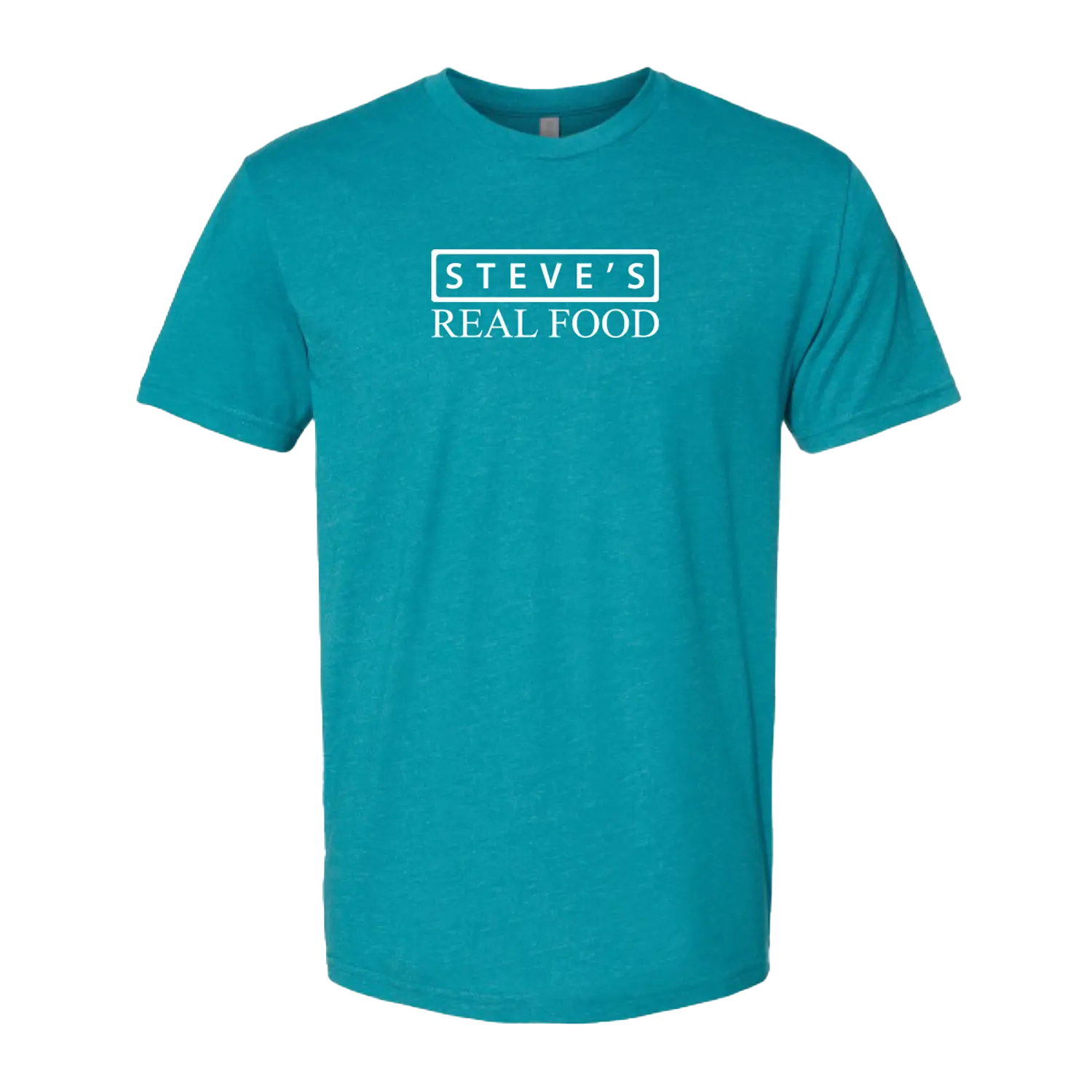 Steve's Merch
Steve's Merch 